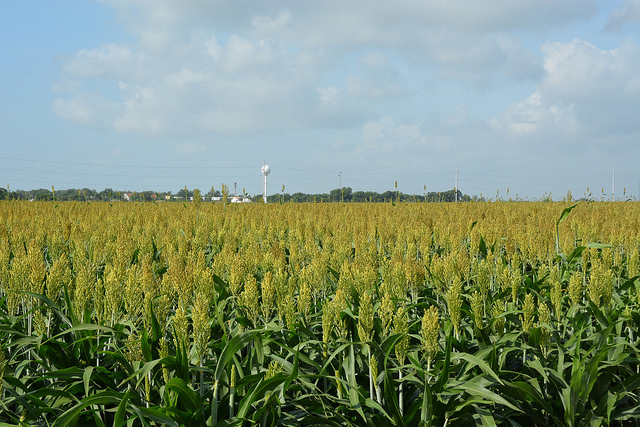Most Texas landowners are aware of the special use valuation methods available to agricultural landowners that allow property taxes to be calculated based on productive agricultural value, as opposed to market value of the land. Importantly, this is not a “tax exemption,” for agricultural landowners, but instead is an alternative way to calculate property taxes owed.
This blog series will address the basic concept of special use valuation, and will then walk through the three valuation methods available to agricultural landowners: agricultural use valuation; open space valuation; and wildlife valuation.
Purpose
In the 1960’s, urban sprawl began to threaten agricultural land across the United States. This created a problem for agricultural landowners. Not only were developers offering attractive prices to purchase their farmland in order to build homes and businesses, but their property tax rates were skyrocketing. Generally, property taxes are based upon the market value of the property. Thus, where developers drove up the market value for land near agricultural areas, property taxes for farms and ranches rose to amounts higher than their annual agricultural incomes. Recognizing this issue threatened agriculture, state governments got involved. Specifically, legislation was drafted in order to allow agricultural land (meeting certain specific requirements) to be taxed not at the market value for the highest market value of the property, but instead based upon lands actual capacity for producing agricultural products. The first agricultural tax assessment statute was passed in Maryland in 1960. Since then numerous states, including Texas, have passed similar laws.
The purpose of the Texas open space and agricultural appraisal scheme is to protect the family farm. See McCormick v. Attorney General of Texas, 822 S.W.2d 814 (Tex. App. Ft. Worth 1992). Rooted in the State Constitution, Texas recognizes two distinct types of agricultural-related property use valuation. The original method is known as “agricultural use valuation” or “1-D appraisal” after the Constitutional section from which it originates. The second, intended to promote the preservation of open spaces, is known as the “open space valuation” or “1-D-1 appraisal.” A sub-part of the open space valuation is the wildlife management use category. Although each valuation method serves a similar purpose, distinct rules exist. Even further complicating the matter, there are numerous rules that vary by County Appraisal District.
Agricultural use valuation is critically important to Texas agricultural producers. Without being able to avail themselves of these special valuation methods, many times farmers would owe more in taxes than they can generate by agricultural production. For example, let’s consider an actual 1,200 acre family ranch in Jack County. This ranch, whose income consists of raising cattle and selling hunting leases, has been in the same family for over 135 years. In 2015, the gross ranch revenue was $30,000. If the ranch’s taxes were based upon fair market value, their tax bill would have been $45,880. But thanks to the alternative valuation method afforded by the Open Space Valuation law, their actual tax bill received was $1,687. This is a classic situation where the rancher would be driven out of business without the special use valuation.
Rollback Penalty
It is important to note, however, that once a landowner obtains a special use valuation, there are serious penalties for ceasing to comply with the requirements. In that instance, the landowner is required to pay back the difference between the taxes that would have been owed using traditional market value tax valuation and those taxes that were paid using the special use valuation. For land in Agricultural Use valuation, the rollback period where repayment is owed is 3 years with a 1%/month interest rate. For Open Space Valuation, it is a 5 year rollback period with a 7%/year interest rate.
This blog series will continue with a look at each of the agricultural special use valuation methods available under Texas law.












